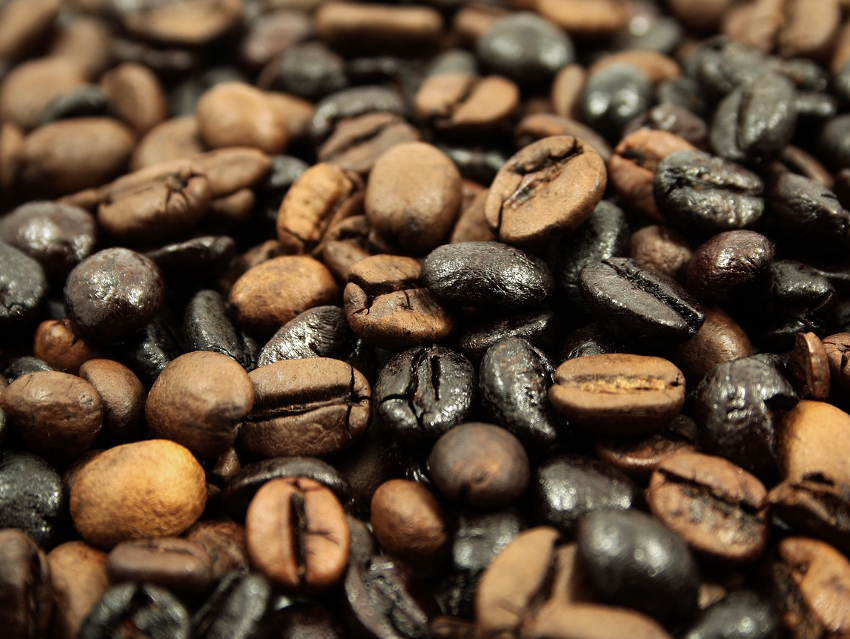Coffee is consumed worldwide in large amounts. Among the hundreds of species of coffee, two are used commercially on a large scale: Coffea arabica and Coffea canephora var robusta, or arabica and robusta coffee. Arabica coffee generally is considered a higher-quality product than robusta coffee and has a higher price. Adulteration of arabica coffee with cheaper robusta can be difficult to detect once the beans are roasted and ground.
Fabrice Berrué, Aquatic and Crop Resources Development Research Center, National Research Council of Canada, Halifax, and colleagues have developed a 1H NMR method to tell apart pure arabica and robusta coffee and determine the percentage of robusta in coffee blends. The team obtained samples of 292 roasted coffees and blends to represent the coffee sold by the industry. They also prepared arabica/robusta blends with different weight ratios. The researchers extracted the ground coffee samples using deuterated methanol as a solvent and recorded quantitative NMR spectra of the extracts.
The team was able to quantify twelve different coffee constituents, including caffeine, lipids, nicotinic acid, formic acid, and acetic acid. Methanol as an extraction solvent provided a wider range of extracted compounds than either water or chloroform. The quantitative NMR analysis allowed the classification of pure coffees. In addition, the researchers were able to determine the composition of blends based on distinct chemical markers associated with arabica and robusta.
- Quantitative NMR Methodology for the Authentication of Roasted Coffee and Prediction of Blends,
Ian W. Burton, Camilo F. Martinez Farina, Subramanyam Ragupathy, Thirugnanasambandam Arunachalam, Steve Newmaster, Fabrice Berrué,
J. Agric. Food Chem. 2020.
https://doi.org/10.1021/acs.jafc.0c06239



